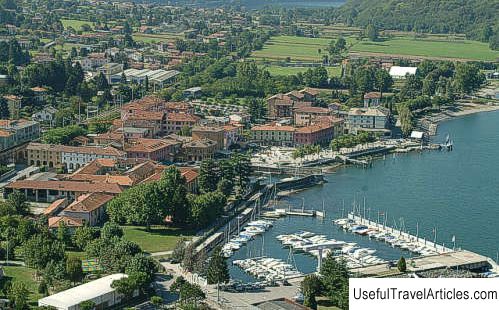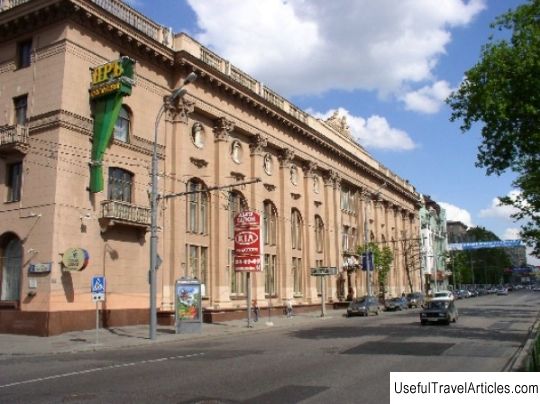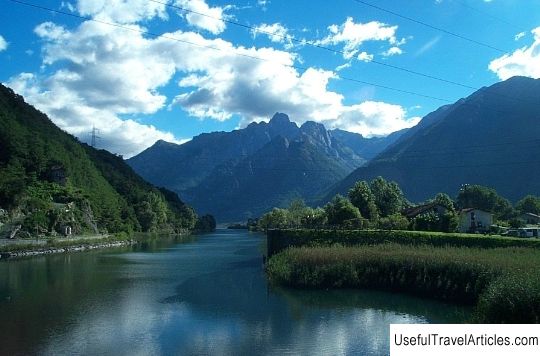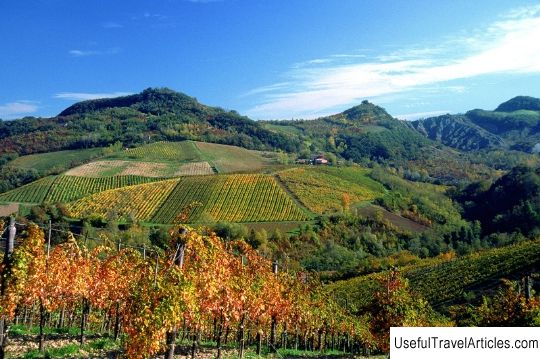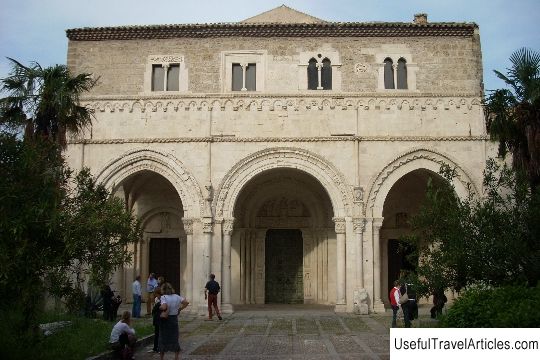Abbazia di Piona description and photos - Italy: Lake Como
Rating: 8,1/10 (699 votes) 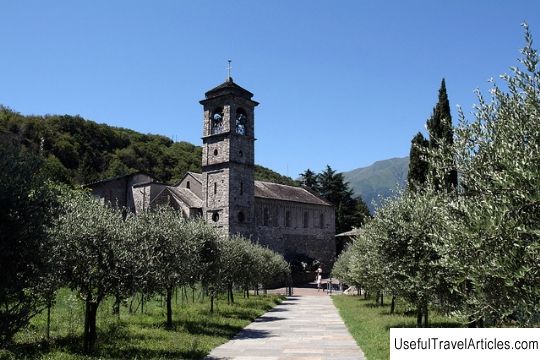
Abbazia di Piona description and photos - Italy: Lake Como. Detailed information about the attraction. Description, photographs and a map showing the nearest significant objects. The title in English is Abbazia di Piona. Photo and descriptionPiona Abbey is an architectural complex located on the shores of Lake Como in the town of Colico and considered one of the most beautiful in Northern Italy. The abbey is harmoniously inscribed in the amazingly beautiful landscape - it stands on the top of the tiny Cape Oldzhask, which juts out into the lake, forming a small bay. The cove itself only adds to the charm of the entire area, which, with its silence and untouchedness, reminds of the past, of those times when people prayed and meditated here. The Church of St. Justin - the central architectural element of the abbey - was erected in the early Middle Ages and in the following centuries "overgrown" with its own priory with a monastery complex, which was part of the political and religious network created by the Cluny Congregation. Despite, that the abbey was located outside the city of Colico, it nevertheless was on the paths that were of great importance in those years when wars were constantly fought. Today, the Pion Abbey is considered one of the most romantic architectural monuments in Lombardy. The church is decorated with a huge window lintel, and inside it consists of a single chapel. At the entrance you can see the figures of two lions in the marble fountains. The cycle of paintings of the 13th century, located in the apse, deserves special attention: in the center is the figure of Christ with an open book, surrounded by the symbols of the four evangelists, and under it - the twelve apostles. Behind the church building, you can see the ruins of a medieval apse, the purpose of which is still unknown. The bell tower nearby, on the north side, was built in the 18th century. And the covered gallery which can be accessed through a portal with pointed arches, dates from the 13th century. This cloister makes a special impression: there are forty-four marble columns installed around the perimeter of the courtyard, the capitals of which are elegantly decorated with images of foliage, flowers and animals. Columns support the upper floor with terracotta archivolts and elegant windows. At the entrance to the covered gallery there is a 15th or 16th century fresco depicting the appearance of Christ to Mary, and a bust of Christ can be seen above the entrance. On the porch, behind the church, there is a calendar fresco made in a simple and fairly widespread style. The upper part shows the months of the year in connection with agricultural work, for example, July is the grinding of wheat. And in the lower part, eleven saints and their great martyrdom are depicted. This fresco calendar was made before the cloister was built and was originally located outside the church.          We also recommend reading Museum of the Danube Swabians (Donauschwaebisches Zentralmuseum) description and photos - Germany: Ulm Topic: Abbazia di Piona description and photos - Italy: Lake Como. |
